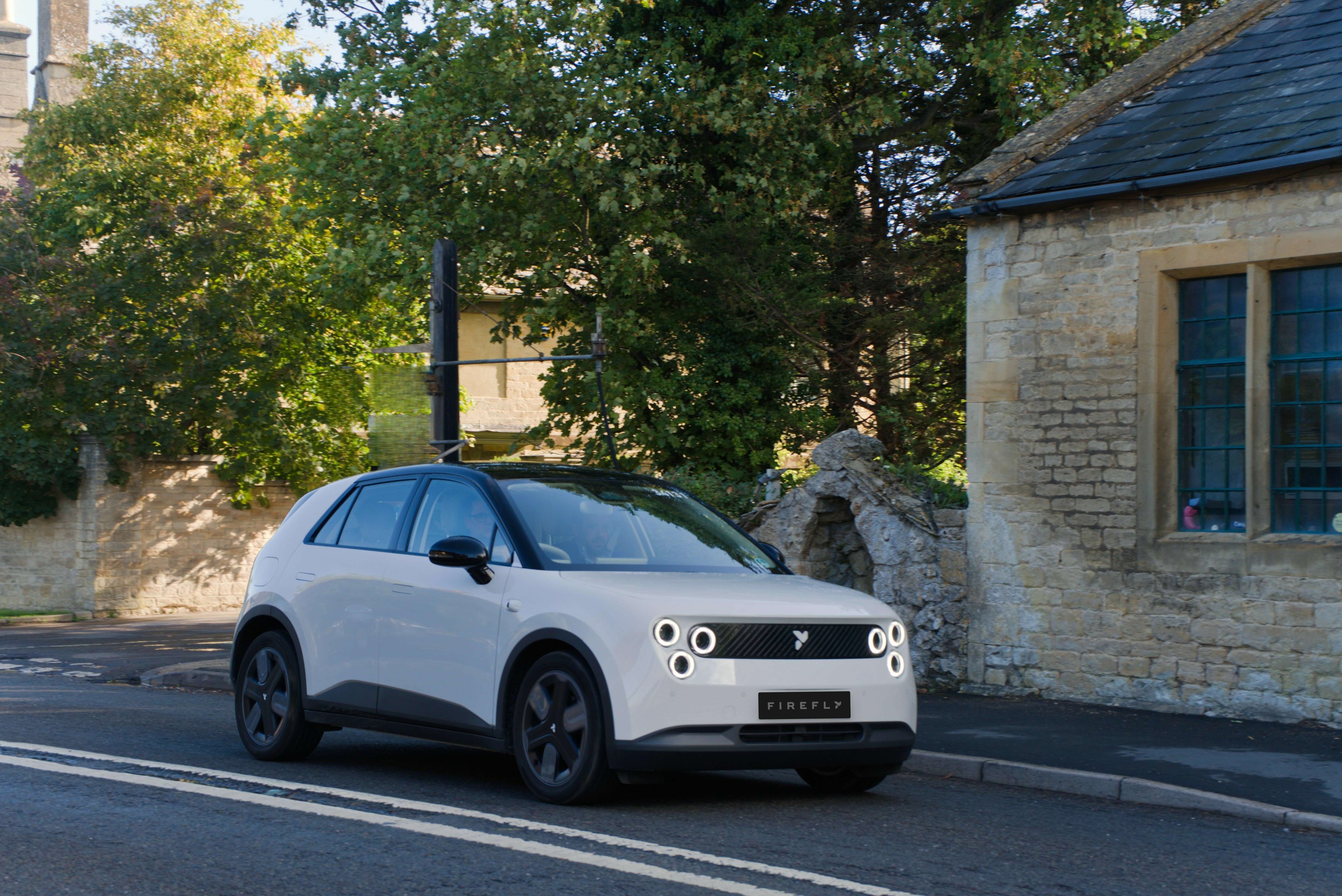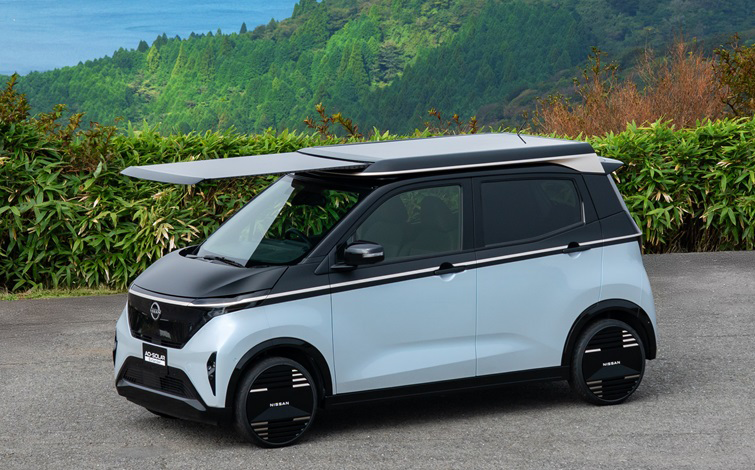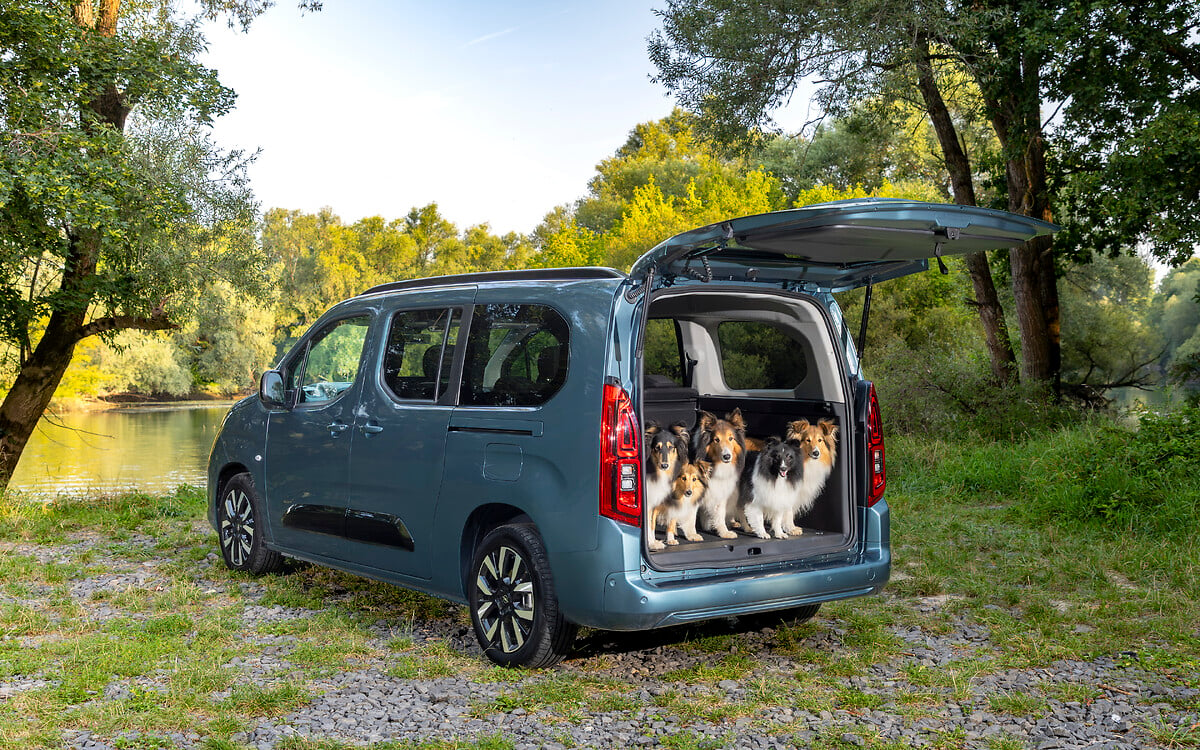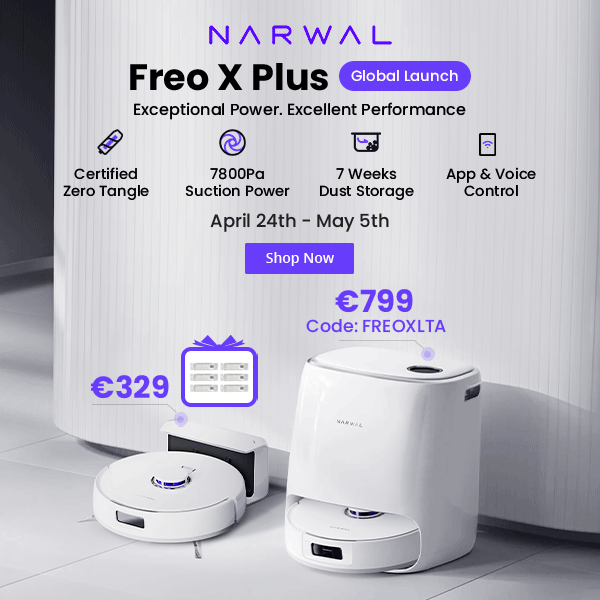
Growth continued for the Norwegian plugin EV market in May 2023, as combined plugin share hit almost 90%, up from 85% a year ago. Full electrics alone took almost 81% share, grabbing 7.5% more of the remaining market than last year. The overall auto market saw volumes of 13.342 units, up almost 16% YoY, and higher than May 2019. The Tesla Model Y was the month’s bestselling vehicle, miles ahead of others in volume.
The Chinese battery maker Gotion unveiled more details on its new LMFP battery cell and pack.
Let’s see the press release.
New product release:Astroinno L600 battery can achieve a range of 1000km without relying on NCM material At the opening ceremony, Dr. Qian Cheng, the executive president of Gotion Global, announced the company’s latest product, Astroinno L600 battery. Qian Cheng introduced that in order to break through the bottleneck of energy density of LFP battery, manganese doped as called lithium iron manganese phosphate(LMFP) was developed. Gotion has focused on the research and development of LMFP materials for the past decade. By utilizing co-precipitation,doping encapsulation technology, new granulation technology and new electrolyte additives, it has solved the problems of Mn leaching at high temperature, low electrical conductivity and low press density of LMFP batteries.In addition, the Cleveland Institute in Ohio, USA, has developed a new electrolyte for LMFP, which greatly improves the high-temperature cycling and storage performance. Using in-house developed LMFP materials and electrolyte, Gotion has successfully developed Astroinno L600 battery cell.
The UK car market saw plugin electric vehicles take 21.9% share of sales in April 2023, up from 16.2% year on year. Full battery electrics grew strongly in both share, and in volume. Overall auto volume was 132,990 units, up 11.6% YoY, though still down from the roughly 170,000 pre-2020 seasonal norm. The UK’s best selling BEV brand in April was Volkswagen.
April’s combined plugin result of 21.9% comprised 15.4% full battery electrics (BEVs), and 6.5% plugin hybrids (PHEVs). This compares with respective YoY shares of 16.2%, 10.8%, and 5.4%. We can see that BEVs have grown share strongly YoY, by over 1.4x.
The German auto market saw plugin electric vehicles take 20.5% share in April, significantly down from 24.3% year on year. Full electrics, however, saw increased share, though were outweighed by a halving of plugin hybrid share, a result of recent policy adjustments. Overall auto volume in April was 202,947 units, 12.6% up YoY, though still one third below pre-2020 seasonal norms (around 305,000 units). The bestselling full electric in April was the Volkswagen ID.4 / ID.5.
If you’ve ever wondered which LG Energy Solution battery cells power your Renault Megane E-Tech, then this article is for you.
In the PushEVs Telegram channel, I was asked for details on the Renault Megane E-Tech’s battery, so I did some investigative work - as I used to do in the early days of this blog - and discovered that this electric car uses the LG E60 battery cell in a “Low Height Module”, which is available in two versions.
Norway increased its plugin electric vehicle market share to 91.1% in April 2023, up from 84.2% year-on-year. The auto market is still settling down after policy changes that came in at the start of the year. Overall auto volume was 8,976 units, down 7.7% year-on-year. The bestselling vehicle was, again, the Tesla Model Y.
This is the first time Norway has seen 3 consecutive months with combined plugin share staying above 90% (see graph below). April’s combined share of 91.1% comprised 83.3% full battery electrics (BEVs), and 7.8% plugin hybrids (PHEVs). This compares to respective YoY scores of 84.2%, 74.1%, and 10.1%. We can see that BEVs have continued to grow, whilst PHEVs have been squeezed.
Sweden’s plugin electric vehicle share reached 55.7% of the auto market in April, up from 48.2% year on year (YoY). Full electrics grew share strongly, whilst plugin hybrids lost share slightly. Overall auto market volume was 20,588 units, down some 6% YoY, and down 35% from pre-2020 seasonal norms. The bestselling full electric vehicle was the Volvo XC40.
April’s combined plugin result of 55.7% comprised 33.7% full battery electrics (BEVs), and 22.1% plugin hybrids (PHEVs). These shares compare, respectively, with YoY figures of 48.2%, 24.7%, and 23.4%. Thus, BEVs have grown share at a healthy clip, whilst PHEVs saw a slight trimming.
France saw plugin electric vehicles take 21.1% share of the auto market in April, flat year-on-year, in a growing overall market. Full battery electrics, however, grew share, whilst plugin hybrids dropped share. Overall auto volume was 132,509 units, up some 22% YoY, though still far below pre-2020 seasonal norms (~183,000). The bestselling plugin was the Dacia Spring.
April’s combined plugin result of 21.1% comprised full battery electrics (BEVs) at 12.9%, and plugin hybrids (PHEVs) at 8.2%. These compare with respective YoY figures of 21.1%, 11.7%, and 9.4%. We can see that BEVs are still growing decently, whilst PHEVs are sliding.
The JAC Yiwei 3 is an electric hatchback in the B-segment that will arrive in June with LFP batteries, but a version powered by a sodium-ion battery is already confirmed to arrive at a later date.
Let’s see some known specs of the initial versions.
Dimensions: 4.025 mm (length), 1.770 mm (height) and 1.560 mm (width) Wheelbase: 2.620 mm Seats: 5 Motor: 70 and 100 kW Top speed: 150 km/h Range under CLTC: 305, 405 and 505 km (600 km version will come later) Battery type: LFP (LiFePO4) battery by Guoxuan Hi-Tech The price of the initial versions with LFP batteries is expected to start at 100.000 yuan (13.117 euros).
The Wuling Bingo was launched on March 29 in China with a starting price of 59.800 yuan (7.887 euros) and had 522 units delivered in March and 16.383 units in April.
This impressive small electric car is a direct alternative to the BYD Seagull.
Let’s see some details.
Length × width × height: 3.950×1.708×1.580 mm Wheelbase: 2.560 mm Curb weight: 990 kg (lightest version) and 1.125 kg (heaviest version) Tire specifications: 185/60 R15 Seats: 4 Drive motor type: AC permanent magnet synchronous motor Drive motor maximum power: 30 kW (low level version) or 50 kW (high level version) Maximum torque of drive motor: 110 Nm (low level version) or 150 N.m (high level version) Top speed: 100 km/h (limited by firmware) Range under CLTC: 203 km (low level version) and 333 km (high level version) Battery capacity: 17,3 kWh (low level version) and 31,9 kWh (high level version) Battery type: LFP (LiFePO4) battery Fast charging time: 35 minutes from 30 to 80 % (high level version) AC charging: 3,3 kW Starting prices: 58.800 - 83.800 yuan (7.887 - 11.048 euros) Small cars were very popular in Europe before automakers began to force customers into buying more profitable and bigger cars, such as SUVs and CUVs. Hopefully, the A-segment will become popular again with its electrification.
With the Seagull, BYD wants to dominate the electric A-segment market, first in China, then other countries.
Let’s see some details of this small electric car.
Length × width × height: 3.780×1.715×1.540 mm Wheelbase: 2.500 mm Wheel base front/rear: 1.500 mm Minimum turning radius: 4,9 meters Tire specifications: 165/65 R15 (entry level version) and 175/55 R16 (for mid and high level versions) Seats: 4 (rear seat folds in one piece) Drive motor type: AC permanent magnet synchronous motor Drive motor maximum power: 55 kW Maximum torque of drive motor: 135 N.m 0-50 km/h acceleration time: 4,9 seconds Range under CLTC: 305 km (entry and mid level versions) and 405 km (high level version) Battery capacity: 30,08 kWh (entry and mid level versions) and 38 kWh (high level version) Battery type: module-less LFP (LiFePO4) battery (BYD Blade) Fast charging time: 30 minutes from 30 to 80 % DC charging: 30 kW (entry and mid level versions) and 40 kW (high level version) AC charging: 6,6 kW Wireless keys: bluetooth and NFC Air conditioner: standard Interior and exterior lights: LED, except in the entry level version the headlights are halogen Rear parking sensors: 3 Reversing camera system: standard Cruise control system: standard Vehicle warranty: Lifetime warranty for the electric system (first owner), and the warranty period for the whole vehicle is 6 years or 150.000 kilometers Safety equipment (optional in the high level version)
We finally have the specs for the European version of the BYD Seal.
Let’s see the press release.
Appealing, dynamic, sporty, technologically advanced full-electric D-segment sedan Available with a highly efficient Blade Battery - 82 kWh with up to 570km range (WLTP) and DC Charging (30-80%) up to 150 kW in just 26 minutes Available in rear-wheel and all-wheel drive configurations Advanced Cell-to-Body technology and BYD e-Platform 3.0 for greater efficiency, aerodynamics, power, body rigidity and space utilisation The BYD SEAL will be available around August / September Athletic, sporty, and dynamic, but also intelligent, and equipped with a high-tech DNA, the new BYD SEAL has the looks, power, and intelligence to impress European drivers. The BYD SEAL will be available around August / September.










































